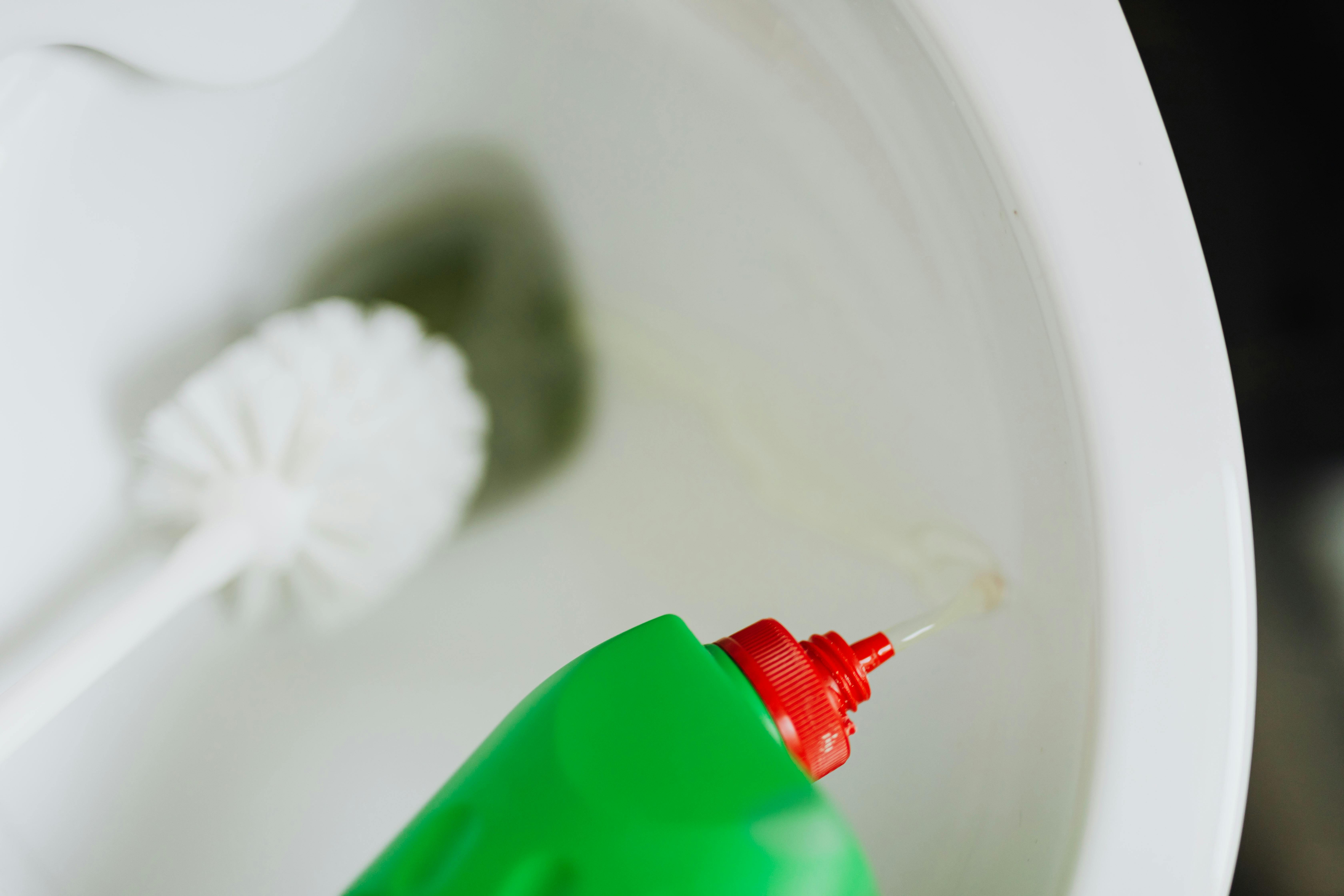Effective Ways to Get Rid of Gnats Inside Your Home in 2025
Gnats can become a real nuisance in our homes, often showing up when we least expect them. In 2025, as indoor gardening and sustainable living practices continue to rise in popularity, homeowners must understand effective methods to combat these pesky insects. This article offers valuable insights into how to get rid of gnats using a combination of home remedies, preventive strategies, and modern pest control solutions.
By understanding the life cycle and behavior of gnats, you can make informed choices about gnat control methods. Moreover, maintaining cleanliness and proper humidity levels in your home can void gnat infestations entirely. For anyone dealing with this situation, the suggestions provided here will help eliminate gnats in houseplants or around food sources effectively. Let's dive deeper into the best practices for managing and preventing gnats.
Understanding Gnat Behavior and Life Cycle
Recognizing Gnats and Their Habitats
Gnats are small, flying insects that can be found around decomposing organic matter, overwatered potting soil, and damp areas in your home. They thrive in warm, moist environments that typically result from poor humidity control or excessive moisture. It’s crucial to identify them correctly, as gnats are often mistaken for other pests like fruit flies. The most common types include fungus gnats, which are closely associated with houseplants, and drain flies or moth flies, which are linked to stagnant water.
The Gnat Life Cycle: A Closer Look
A gnat's life cycle consists of four stages: egg, larva, pupa, and adult. Female gnats usually lay eggs in moist places; within a week, eggs hatch into larvae, which feed on organic matter before turning into pupae. The adult stage can emerge in as little as a week, leading to rapid population growth. Understanding this cycle is essential for effective gnat removal, as targeting different stages can significantly enhance your pest control efforts.
Common Causes of Gnat Infestations
Gnats often invade homes due to overripe fruit, compost piles, houseplants with soggy soil, or unclean kitchen areas. They can also thrive in bathrooms and areas with high humidity levels. Identifying these contributing factors enables you to tackle the root causes of gnat problems effectively. Strategies for keeping food covered and maintaining a tidy space can significantly reduce the likelihood of an infestation.
Natural Gnat Deterrents: Home Remedies for Gnats
Using Vinegar as a Gnat Trap
Vinegar is one of the most effective home remedies for gnats. A simple vinegar trap can be made by pouring apple cider vinegar into a small bowl, covering it with plastic wrap, and poking small holes in the top. This allows gnats to enter but makes it difficult for them to escape. Set these traps near infested plants or food storage areas to attract and trap gnats effectively.
Essential Oils for Gnat Control
Many essential oils, such as peppermint, eucalyptus, and tea tree oil, act as natural gnat repellents. Mixing these oils with water and using them as a spray around your home can help keep gnats at bay. Additionally, adding a few drops to your houseplant watering routine can deter gnats from laying eggs in the soil.
Incorporating Gnat-Repellent Plants
Certain plants naturally deter gnats due to their properties. Plants like basil, lavender, and citronella not only add aesthetic value to your home but also serve as effective gnat repellents. Incorporating these into your indoor gardening practices can help maintain a gnat-free environment while beautifying your space.
Practical Gnat Traps and DIY Solutions
Building Your Own Gnat Traps
DIY gnat traps are a simple and inexpensive way to manage gnat populations. Besides vinegar traps, you can create a trap using sugar water. Mix a small amount of sugar into water and place it in a bowl. The sweetness attracts the gnats, who then drown in the liquid. Regularly changing the traps enhances their effectiveness against these pests.
Store-Bought Gnat Removal Products
Commercial gnat killers can also be effective for more severe infestations. Look for options containing pyrethrins or insecticidal soaps, which specifically target gnats without harming your plants. Always follow the instructions carefully, and ensure the product is safe for indoor use.
Utilizing Sticky Traps for Quick Results
Sticky traps are another efficient tool for dealing with gnats. These traps capture adult gnats, reducing the breeding cycle and ultimately decreasing the population. Place them near plants or areas where you notice high gnat activity. Regularly monitoring and replacing sticky traps ensure ongoing pest control.
Cleaning and Maintenance to Prevent Gnats
Implementing a Household Cleaning Routine
Maintaining a consistent household cleaning routine is crucial in gnat prevention. Regularly clean kitchen counters, dining areas, and ensure food is stored properly. Vacuuming and mopping can assist in removing organic debris that attracts gnats, while thorough inspections of indoor plants can help identify early infestations.
Humidity Control for Indoor Plant Care
Controlling humidity levels indoors is essential for preventing gnat infestations. Use a dehumidifier in areas with high moisture and ensure that plants are not overwatered. Letting the soil dry out between waterings creates an unfavorable environment for gnat larvae, effectively eliminating one stage of their life cycle.
Treating Infested Plants Effectively
If you notice gnats in houseplants, immediate treatment is necessary. Allow the topsoil to dry out and consider repotting if the infestation is severe. You can also use beneficial nematodes or insecticidal soap to target gnat larvae without harming the plants. Careful monitoring after treatment helps prevent future infestations.
Frequently Asked Questions About Gnat Control
What are the best gnat traps to use?
Some effective gnat traps include vinegar traps, sugar water traps, and sticky traps. Each trap targets different stages of the gnat life cycle and can be set up inexpensively using household items.
How can I prevent gnats from returning?
To prevent a gnat resurgence, maintain cleanliness, control humidity, and regularly inspect your plants. Implementing these preventive measures can significantly reduce the chances of future infestations.
Are there any health risks associated with gnats?
While gnats are typically not harmful, they can cause discomfort and irritation, particularly if they infest food. It's vital to manage them effectively to avoid any associated health risks or potential contamination of food sources.


In conclusion, effectively eliminating gnats in your home requires a proactive combination of cleaning, DIY traps, and preventive measures. Whether utilizing home remedies, gnat traps, or commercial solutions, understanding their behavior and life cycle is vital. Following these guidelines will not only help in eradicating existing populations but also prevent future infestations, leading to a healthier living environment.
